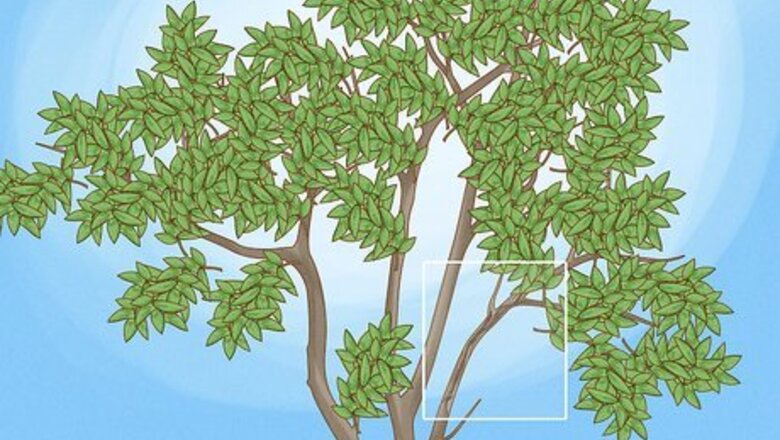
views
Pruning to Protect New Growth
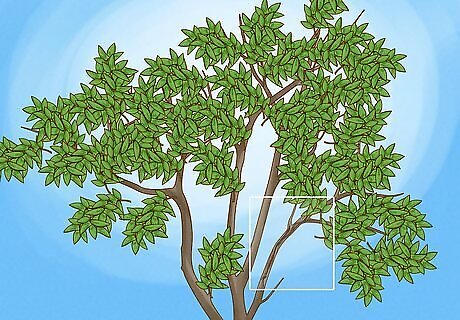
Look for old growth in the middle of the branch. Guava trees grow most of their new fruit at the very end of their branches. Look at the middle of your branches for old growth from previous growing season. Focus your pruning on those branches. The old growth will be brown, look shriveled, or will branch off from the branches with the newest fruit.
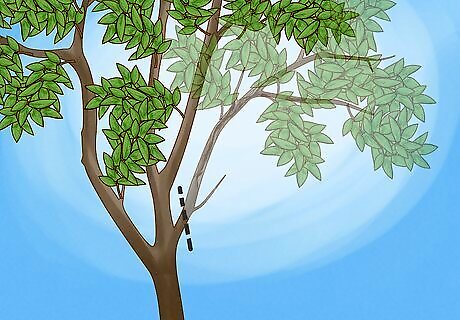
Cut off old growth at the base of the stem. Once you've identified old growth, use your shears to prune off that growth. Make the cut slightly above the branch collar, which is the raised ring at the base of the branch. Then use your shears to cut off the old growth. It's important that you don't make the cut flush with the intersecting branch. You want to leave the branch collar, so the cut heals properly. If the branch is too high for you to reach with your hand shears, you can use a lopper. Loppers look like hand shears, but with very long handles that allow you to reach higher branches.
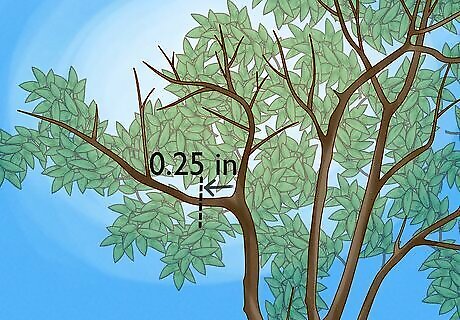
Prune the smallest branches 0.25 in (0.64 cm) from the trunk. New branches that are small will produce fruit, but the fruit will be smaller than that you would get from larger branches. Use hand-held shears to cut away the smallest branches, leaving about 0.25 in (0.64 cm) of a stub at the end. This lets your tree heal properly.
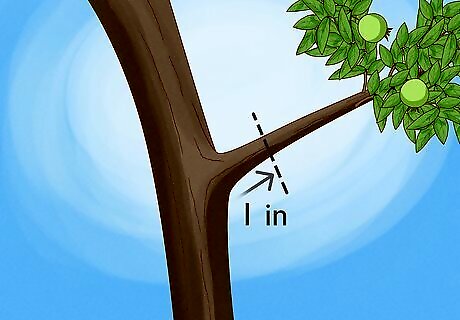
Cut branches with small fruits 1 in (2.5 cm) from the stem. Every week or so, check the branches of your guava tree. To encourage the growth of large, high-quality fruits, prune away the smallest fruits in the clusters. Use small pruning shears to cut the guava's stem about 1 in (2.5 cm) above the branch. Guavas grow in clusters of 2 to 4 fruits. You should remove about half of the guavas in the cluster, unless more than half look very small. Doing so will help the tree direct its energy toward growing large fruit, as opposed to a bunch of small fruit.
Performing Heavy Pruning
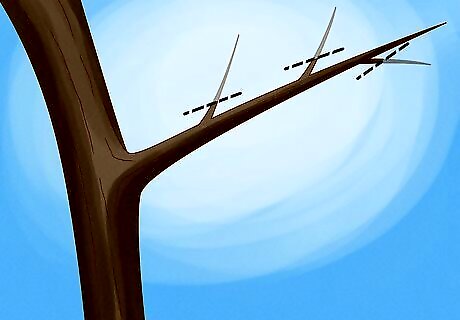
Find the previous year's growth on secondary branches. Take a look at one of the main branches of your guava tree (the branches that grow directly off the trunk). Then follow the branches that shoot off of the main branches. The previous year's growth will be the secondary branches that grow closest to the new growth.
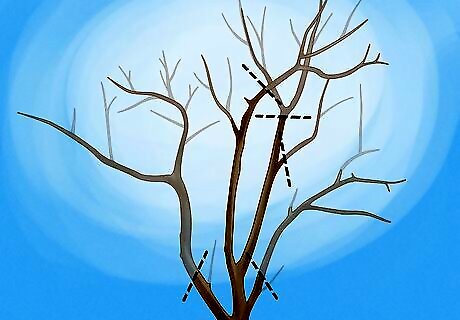
Prune away all of the previous year's growth to encourage new fruit. Because guava fruit only grows on new wood - wood that has grown that year - heavily pruning away the wood that sprouted the year before won't hurt your fruit production. Feel free to prune away all of the previous year's growth.
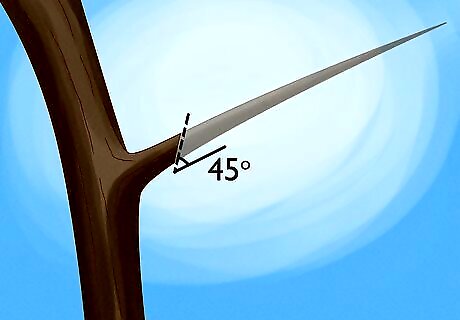
Cut branches off at a 45-degree angle. Open your pruners and set one blade on either side of the branch, about 2 in (5.1 cm) below the branch of last year's growth. Hold your pruners at a 45-degree angle to the branch you're cutting and cut through the wood. Guava wood is soft, so you should be able to cut through the branch on the first try. If you find that your pruners are not getting through the wood easily, you should upgrade to a larger size.
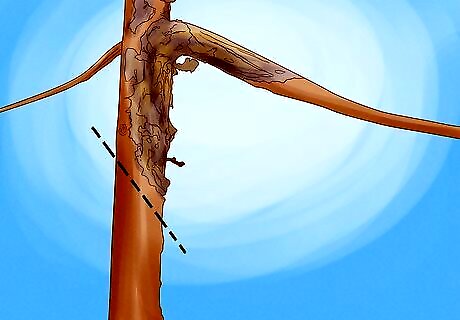
Remove diseased branches at the base of the stem. If you notice any white or brown spots on your fruit, the leaves of branches, or the branches themselves, that branch is diseased. Use your pruners to remove the diseased branch as you normally would. When you're finished, soak your pruners in rubbing alcohol for about 5 minutes to disinfect them. Make sure you wear gardening gloves when you remove a diseased branch. After you've removed the branch, take off your gloves and wash them. Otherwise the disease can spread.
Pruning the Tree Skirt
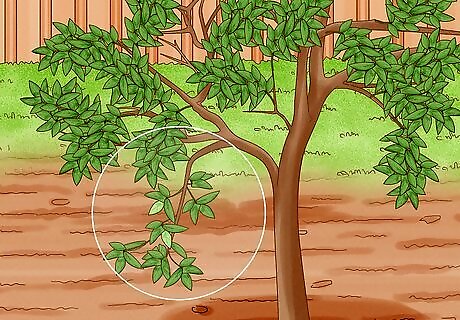
Look for branches that are touching the ground. Branches that are touching the ground can soak up water and other disease from the ground. Sometimes this can cause rot in the trunk of the tree. Walk around your tree and look for any branches that are partially or fully touching the ground.
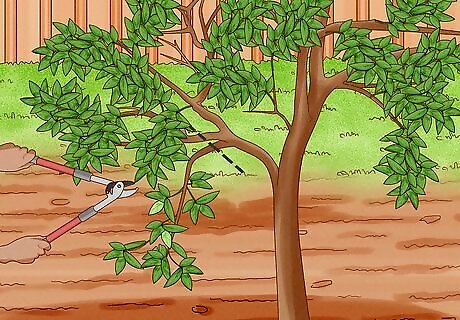
Follow the branch to the trunk. Once you've identified the branches on the ground, you'll need to remove them completely. Follow the edge of the branch all the way in to the trunk.
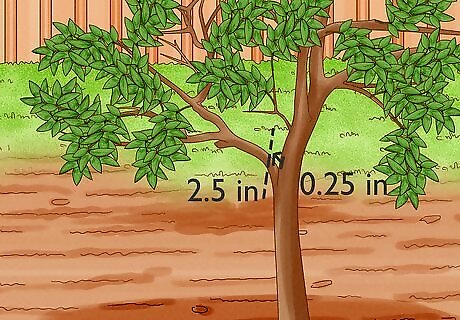
Cut each branch off about 0.25 in (0.64 cm) from the base of the tree. Using a pair of pruning shears, cut the branch at the base of the trunk. Removing the tree "skirt" helps keep the guava trees healthy and looking good. You can use whatever pruning shears you want, but the best are anvil pruners or bypass pruners rated for branches up to 2.5 in (6.4 cm) thick.
















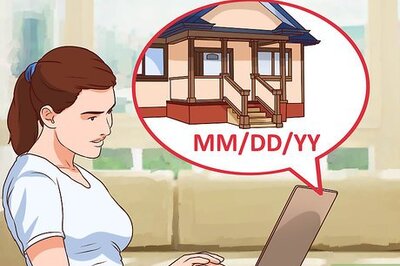


Comments
0 comment